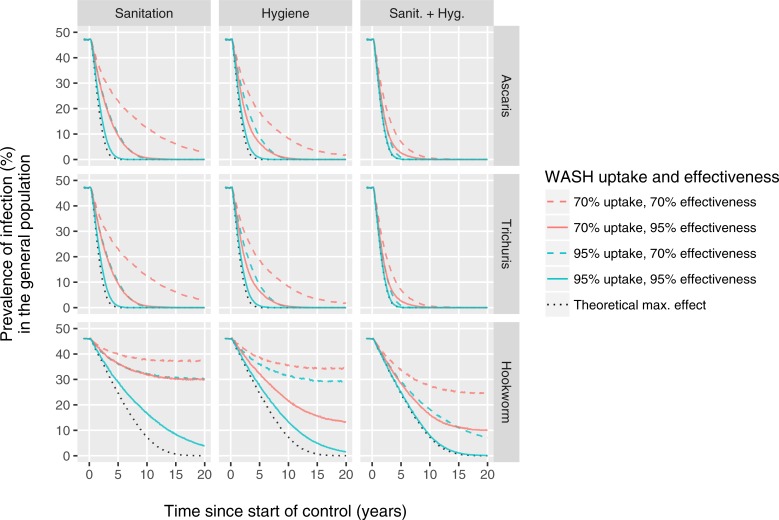Fig 2. Model-predicted long-term impact of sanitation and hygiene interventions on prevalence of soil-transmitted helminth infection in absence of PCT.
Columns of panels refer to different WASH modalities and rows represent the three major soil-transmitted helminth species. Sanitation and hygiene interventions are assumed to reduce the contributions and exposure to the environmental reservoir of infection of individuals who take up the intervention, respectively. Coloured lines indicate different levels of uptake. Different levels of effectiveness (reduction of contribution and/or exposure to the environmental reservoir for individuals that take up the intervention) are indicated by solid vs. dashed lines. The red solid dashed line is based on the same assumptions about WASH uptake and effectiveness used for Fig 1. The dotted black line represents a theoretical scenario where the WASH modality (of that column of panels) is perfectly implemented and taken up, reducing exposure and/or contribution to transmission by 100% for all individuals. Predicted infection prevalences (y-axis) represent results from a single Kato-Katz slide. See S3 Fig for similar figures for a wider range of levels of uptake and effectiveness.

